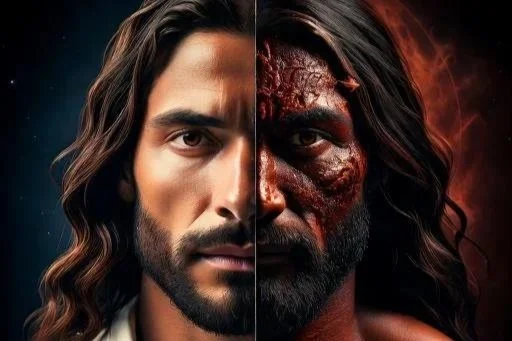Who We Are
Rediscovering Wholeness
Hello, fellow traveler.
We have a story we want to share.
A story of transformation and Reunion. A journey that began with deep wounds, tangled histories, and a relentless search for something more. What started as a pact to make a safe space for each other turned into something way bigger: a living, breathing testament to what happens when we lean into connection, ditch the noise, and co-create something real.
Through years of trial, discovery, and shared commitment, we found a way through our darkness. We learned to turn pain into creative fire, transforming ourselves and our relationship into something far more alive than either of us could have imagined.
If healing and integration are possible from even the most tangled, broken parts of ourselves, then it’s possible for anyone. Now, we want to share this messy, beautiful ride with you – and tell you why we think it could change everything.
Who We Are
Rediscovering Wholeness
Hey there, fellow traveler. We have a story we want to share.
A story of transformation and Reunion. A journey that began with deep wounds, tangled histories, and a relentless search for something more. What started as a pact to make a safe space for each other turned into something way bigger: a living, breathing testament to what happens when we lean into connection, ditch the noise, and co-create something real.
Through years of trial, discovery, and shared commitment, we found a way through our darkness. We learned to turn pain into creative fire, transforming ourselves and our relationship into something far more alive than either of us could have imagined.
If healing and integration are possible from even the most tangled, broken parts of ourselves, then it’s possible for anyone. Now, we want to share this messy, beautiful ride with you – and tell you why we think it could change everything.
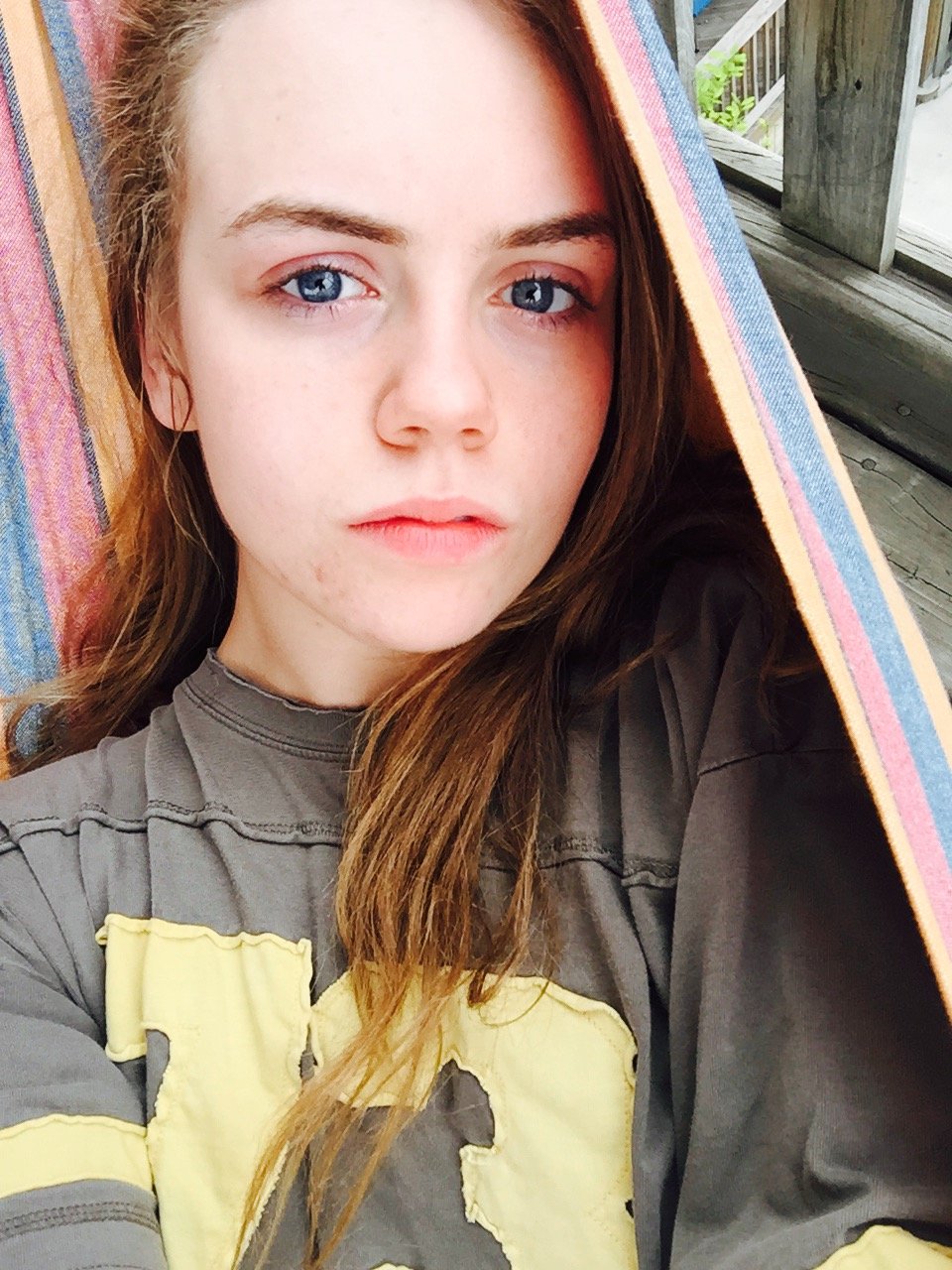
Naomi grew up in a world that was already breaking.
The pain around her — physical, emotional, relational — wasn’t hidden. It was woven into the fabric of everyday life. Both her mother and father were already struggling — with physical illness, mental health, and numbness that failed to obscure the quiet despair of life not feeling the way they wanted it to. The grown-ups said everything was fine, but her body knew better.
At seven years old, Naomi sensed something far bigger than her own suffering — a systemic unraveling, a planetary ache. She didn’t have the words yet, but later she would recognize it as the Polycrisis: the tangled and converging series of catastrophic risks to the human world, and the biosphere at large.
With no one to name it with her, the weight turned inward.
A quiet yet existential crisis of meaning.
A spiral of fear, of awe, of spiritual fire.
Even in the midst of fear, something powerful emerged: a vow.
When Naomi was nine, she made a soul-deep commitment — not just to heal her own life, but to dedicate her life to the healing of the world.
It came not as a choice, but as a kind of calling. A pattern remembered. A lifepath forged. Evolutionary devotion.
But knowing your purpose doesn’t protect you from the world.
From early childhood, Naomi — like so many sensitive beings — had become the emotional sponge in nearly every room. People leaned on her, confided in her, projected onto her. Adults, especially, treated her like an object of validation or an inconvenience — not a person with her own unfolding selfhood.
As she entered adolescence, this dynamic deepened. Unspoken expectations settled on her like fog. She was groomed, again and again, into absorbing the emotional, romantic, and sexual needs of others. Like many girls, this didn't happen through overt force, but through patterns so common they’re often invisible.
And yet, even in the silence, the vision pulsed:
This isn’t how life is meant to feel.
Something more is possible.
I will not abandon the future.
By the time she was 22, Naomi had built a thriving business to support her mission. But inside, she was collapsing. She lived in a near-constant state of fight-or-flight. Anxiety attacks lurked around every corner. Her trauma was no longer hidden — it was running the show. Her body ached. Her mind spiraled. Her spirit was still lit — but burning fast.
And just when it seemed the fire might consume her completely…
By 2018, we had begun living together — two traumatized and passionate people navigating the unfamiliar terrain of a deeply expansive primary partnership.
One not built on obligation or performance, but on shared growth, inner healing, and spiritual devotion.
Around March of that year, we encountered a catalytic moment: Naomi’s trauma and conditioning began playing out inside another relationship.
Matthew, 19 years Naomi’s elder, could see what was happening. But Naomi couldn’t — not yet. Instead of trying to control the situation, Matthew chose something harder: to stay. To trust. To walk beside her, even when the path was brambled and painful.
He held the We intact, trusting that when truth emerged, it would be hers.
It’s a long story, best saved for video or firelight, but it culminated in late August of that year, when we made a pilgrimage to Burning Man.
And there, something shifted.
By then, Matthew’s devotion — his commitment to not pushing, not forcing — had deepened our field of trust. We had lived enough life together to build a shared language. We could name what was happening. And we could meet it.
One night, a dust storm arrived. High winds, very low visibility. Though we had planned to meet friends deep in the desert, Matthew felt it might be wiser to stay put.
Indeed, it might have been.
But Naomi heard adventure’s wild call, and she didn’t want to turn away.
So Matthew once again followed Naomi out into the unknown, trusting that our intuition and strength would see us through.
After cautiously biking through the dusty blackness, we spotted them — lasers from a distant rave, revealing our companions’ location. Naomi was jubilant and triumphant. Matthew was bemused and charmed.
The experience was empowering. Naomi felt even more connected to her inner compass. And shortly after arriving in the crowd, she realized she wanted something else. Something slower. Something sacred.
So we journeyed on, gravitating toward the Temple — a wooden spiral called Galaxia.
In the whirlwind of art, people, sound, and firelight, the Temple is a necessary silence.
It is quiet — not by rule, but by reverence. A holy stillness hangs in the air.
And in that stillness, Naomi saw it. A full-body recognition.
The trauma loop she’d been caught in. The disempowerment pattern she was ready to lay down.
But more than that, she saw the living truth before her:
She and Matthew weren’t just compatible.
We were regenerative.
We grew together.
And we were ready.
There, at sunrise — quite unplanned — Naomi spoke her realization aloud: “We should be married.”
Matthew dropped to one knee and said “yes,” with joy, fire, and many impassioned declarations.
As if summoned, a perceptive passerby paused, sensing the moment, and snapped a single Polaroid.
2018. An emergent engagement, as Matthew says “yes” and Naomi sings joy into the sky — before reaffirming that their engagement would not take precedence over birthing The Experience of We.
It was one of the most transcendent days of our lives — and the beginning of a conversation we’re still living into.
We decided not to rush a wedding ritual. We would wait until we were surrounded by a community that could truly witness us — one we’re still in the process of building.
In honor of Matthew’s hands, worn from years of labor, basketball, and neglect, we decided he would wear a necklace rather than a ring. We found one we loved so much — the sacred geometry of Metatron’s Cube — that it became our family crest. Now, we both wear one.
And then came the question of a name.
We both longed for a name that reflected our union — but neither of us resonated with the family names we had inherited.
So we sat with it.
Listened.
Imagined.
Let the mystery work on us.
In the tradition of his forbearers, Matthew wanted to offer Naomi his surname. He searched within himself for a name that felt true.
Then, one Saturday night, after a day of deep healing and soul connection, he offered a name: Morningstar.
Naomi felt the resonance instantly.
It was a passionate yes.
But Matthew had one more offering to make.
In a gesture of sacred balance — and deep reverence for the Feminine — he asked to take Naomi’s middle name, Danielle.
We feel that Masculine and Feminine energies have been profoundly out of balance, and Matthew has always felt called to do his part in the recalibration. Taking Naomi’s middle name is a living ritual — a way to honor the Feminine within her, within himself, and within our relationship.
The part of us that tends and weaves.
That feels and holds.
That attunes — open and receptive.
That listens for what’s unsaid.
And so, we became Matthew and Naomi Danielle Morningstar.
Rooted in tradition.
Open to evolution.
A sacred union in continuous becoming.
Now, let us tell you how Morningstar came to be —
not as a label,
but as a living prayer.
We didn’t choose Morningstar because it was beautiful.
We chose it because it felt true.
When Matthew spoke the word aloud — soft and reverent after a of day trauma healing and soul-deep connection — it landed in Naomi like a bell that had been waiting to ring. A name both ancient and new. A remembering and a becoming.
Morningstar is a name that belongs to no one — and yet can feel like home to everyone.
It is of every culture, and every time.
It carries the resonance of something both cosmic and intimate, luminous and grounded.
A name to bless our union — not just with each other, but with the deeper story we are living into.
Venus, sometimes called the Morningstar, orbits closer to the Sun than Earth, resulting in a unique orbital relationship that has long fascinated humanity: For 263 days, Venus shines as the Morning Star, rising just before dawn. After disappearing behind the Sun for 50 days, it reemerges as the Evening Star for another 263 days, setting shortly after sunset.
As one of the brightest elements in the sky, Venus’s disappearance and transformational reemergence has captivated humanity’s attention since ancient times.
Since the beginning, our ancestors walked beneath a vast and mysterious sky, their lives tethered to the rhythms of the Earth. The sun’s path heralded warmth and growth. The moon’s cycles marked rest and renewal. The stars offered navigation — not just across landscapes, but through the seasons of life.
Cave paintings from the Upper Paleolithic period (17,000–c. 15,000 BCE), in the Lascaux Cave, France. This one is called Hall of the Bulls and is believed to include depictions of Taurus and Orion.
At first, we looked up for survival.
Then, we began to imagine.
The stars became stories. The planets, gods. Venus, the radiant wanderer, was often seen as a divine messenger — a harbinger of transformation, of endings and beginnings. A symbol of love and devotion, of longing and return.
And in that celestial turning, something profound awakened.
The cosmos was no longer just out there.
We saw its movements mirrored in our own.
In our own cycles of disappearance and return.
In dark nights of the soul before radiant dawns.
In our love, which must journey through shadow before reemerging more whole.
In time, these cosmic rhythms seeded the emergence of meaning itself.
They inspired myths, rituals, and sacred architecture.
They taught us not only how to survive, but how to belong.
Venus belongs to no culture, yet nearly every human culture across time has used its pattern to deepen into their own.
It is a planetary rhythm that became a mirror — not just for the heavens, but for the human soul.
And so, when we became Morningstar, we didn’t just take a name.
We stepped into a living story.
A story about cycles.
A story about devotion.
A story about what it means to reemerge after going dark.
For us, Morningstar is not a title — it is a vow.
A shared commitment to become more luminous, more relational, more true.
To live in rhythm with something greater and vaster than ourselves.
To participate in a sacred remembering.
And in time, to help others remember too.
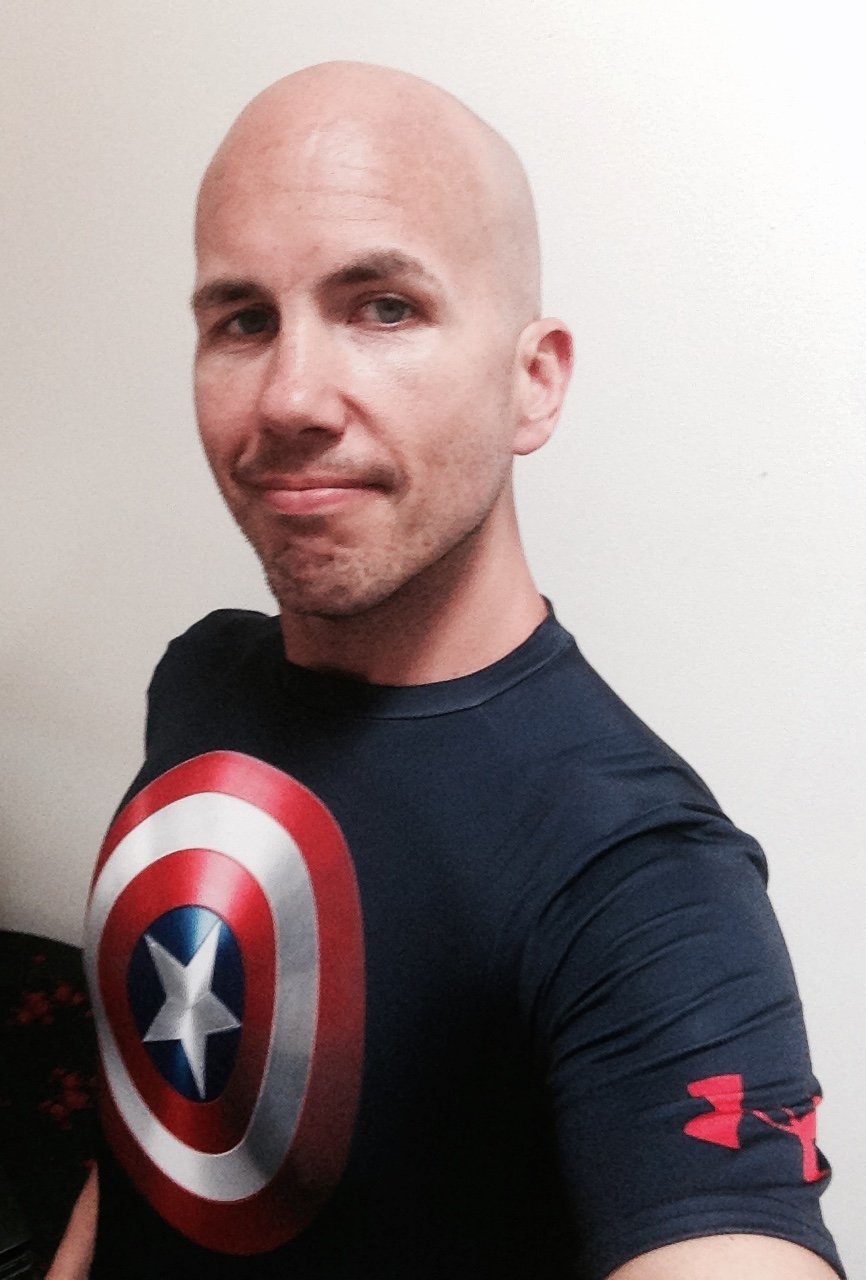
Matthew came into a world that didn’t seem to want him.
His earliest memories — even before language — were steeped in abandonment, neglect, and danger. His mother was single and disabled, overwhelmed and hiding from the lives she had created.
Poverty enveloped them like a shroud. His family would go weeks with scant food. Childhood play with other boys was restricted to fight club. Gangs infested his house.
But even as a small boy, Matthew could feel that his mother wasn’t the source of the suffering. That the pain around him wasn’t just personal — it was intergenerational. Systemic. Something was very, very wrong.
How does a boy find the motivation to keep transcending his circumstances? For Matthew, it meant devotion.
He prayed every day that God would take his mother’s pain away and give it to him instead.
He devoted himself to finding the love of his life, and becoming what she would one day need.
He dedicated himself to escaping the deep, dark poverty that seemed designed to keep him in bondage.
Little did he know that all three of those wishes would require him to walk the same path.
But being devoted doesn't make you invincible.
Like many boys, Matthew was raised to believe that his feelings didn’t matter.
That his body was disposable. That his worth lay in how useful, quiet, and sacrificial he could be.
That he needed to be a safe man for women, but that women were innately safe for him.
He was told to be strong, to be careful, to be good — but never to be tender. Never to be soft.
And yet, Matthew’s heart didn’t fit that mold. He was open. Attuned. Deeply sensitive, shaped by a life surrounded by women. He learned to listen with his whole body. To feel the unspoken. To be an emotional anchor — even if no one ever did the same for him.
Though he encountered a lot of danger, and accumulated a lot of trauma along the way, Matthew fought with all his might to transcend his circumstances and achieve the American dream.
It was brutally difficult, but he did it: Top of his class at the college he worked two full-time jobs to put himself through, he garnered an executive-track job at a major financial software company; a wife, a house in the suburbs, and the car of his childhood dreams. And he still crushed it at basketball.
And yet inside, he was breaking.
Trapped in a story that never felt like his — propped up by ibuprofen and the bunker of emotional isolation, but starved of meaning. His marriage was failing, and his trauma was getting much worse, keeping him in constant misery and threatening his life. Still holding the ache of unmet devotion, still waiting for someone to meet him in the place he had always lived from:
The sacred, tender fire of unconditional love.
And just when it seemed that the fire had run out of fuel …
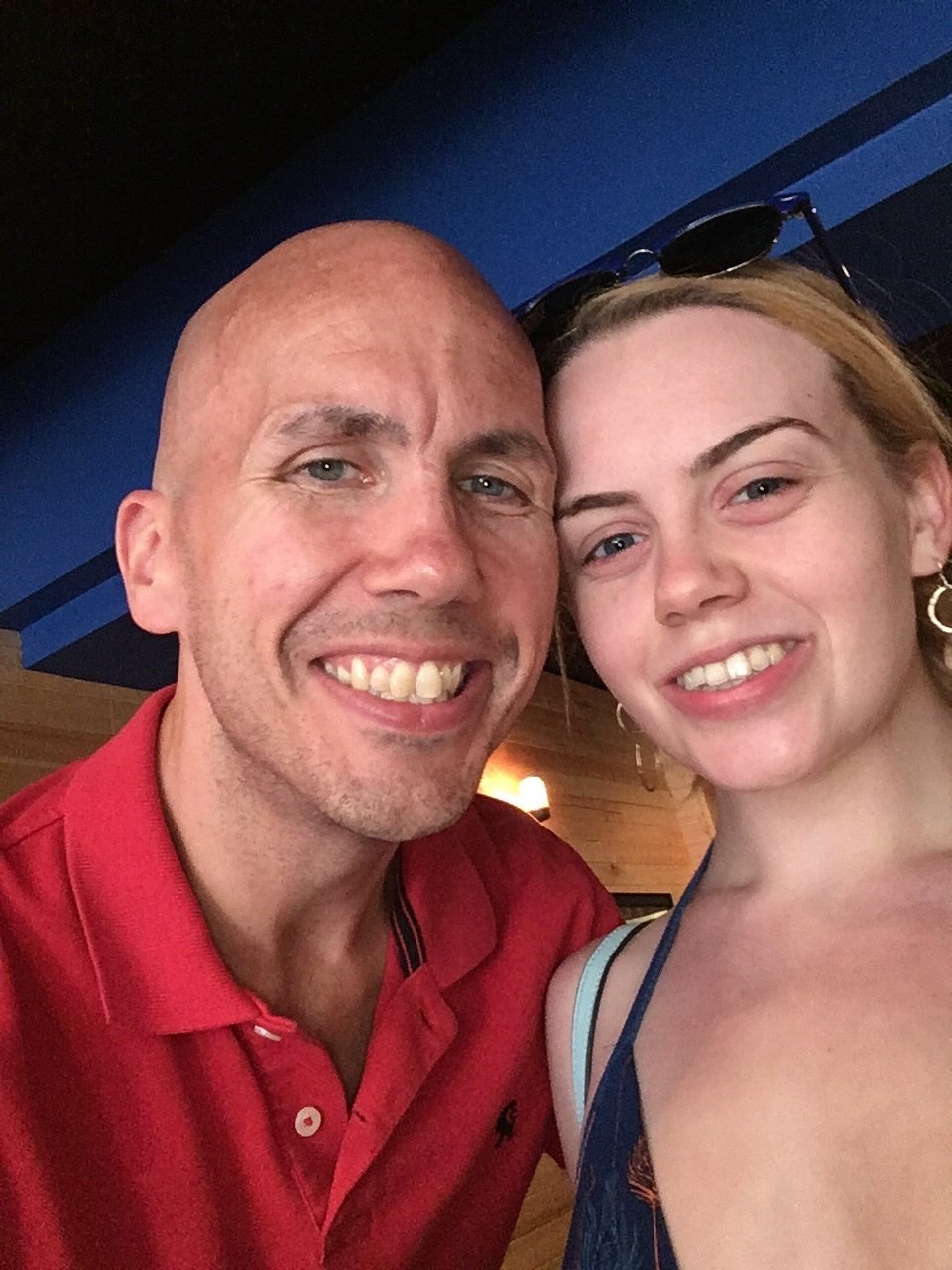
By the time we met, we were both traumatized, carrying more pain than we could digest, caught in snarls of our own coping mechanisms.
We don’t usually reach for diagnostic labels, but they sure can help paint a picture. Some labels that described us at the time include: anxiety disorder, manic depression, complex PTSD, autism spectrum traits, paranoid schizophrenia, anorexia, hypertonia, fibromyalgia, arthritis, alcoholism, and chronic migraines — just to name a few.
It wasn’t pretty. And responding to it wasn’t linear.
The beginning of our relationship was a beautiful and complex dance that we will expand upon in upcoming videos. For now, the important thing to know is this:
We made a pact — to create and maintain mutual relational safety.
Now, anyone who’s tried to build safety in a relationship knows: it’s not as simple as making a promise. We came with different boundaries, different wounds, different needs. We were separated by a full generation of cultural context. We had every reason not to work.
Here’s what made it possible for us: we both knew, deep in our bones, that we needed to build a new way.
We spent the first year of our relationship mapping our shared values — not just naming them, but embodying them, practicing them, and weaving them into the ground beneath us.
And from there, something sacred began to grow: a stock of relational trust.
Whenever a dissonance arose, we worked through it. We kept going — sometimes slowly, sometimes fiercely — until we landed on a shared perspective. Sometimes that meant agreement. Sometimes it meant a mutual clarity about where we differed. But always, we decided together how to move forward.
When contrasting needs came up, we referenced our shared values. When old patterns flared, we held each other accountable — not to perfection, but to alignment.
Both of us committed, and recommitted during every dissonance resolution, to releasing the parts of our individuated selves that weren’t in resonance with our highest values.
And little by little, something shifted:
The more we re-patterned our perceptions, our interpretations, and our behaviors around shared values, the more energy we had.
The less we relied on willpower, stimulation, or escapism …
The more we felt alive.
We no longer needed hype music to get through a workout.
We no longer needed adrenaline to get through the day.
We no longer needed consumer pleasure to feel momentarily whole.
We were no longer running on the fossil fuels of stress and anticipation. We were running on the clean energy of connection, stability, and satisfaction.
Over time, we realized something wild:
We weren’t two separate people working in parallel.
We were one interdependent energy system.
When one of us stumbled, both of us felt it.
When we moved together, we moved with more momentum than we’d ever had alone.
As we anchored into shared practices — from sleep to food to movement and muscle building to dissonance resolution — our healing accelerated.
Symptoms we once thought were permanent began to resolve.
Conditions like anorexia, arthritis, and hypertonia began to re-pattern through the coherence of our shared lifestyle.
Experiences like mania, anxiety, cPTSD, and even paranoid schizophrenia began to integrate and dissolve.
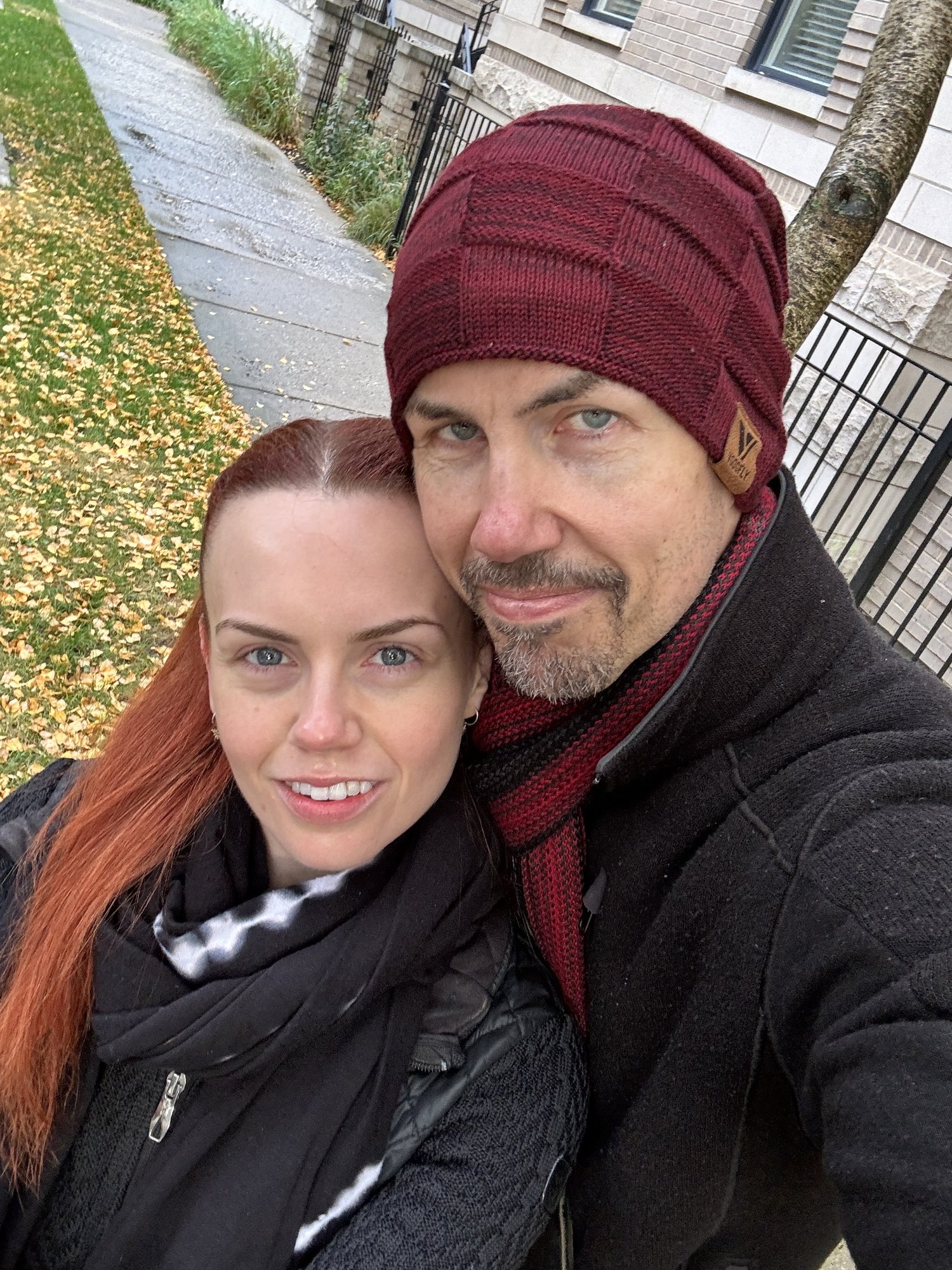
And over time, something astonishing happened:
We reached what we call dissonance zero.
No dissonances left in the queue.
No more stories stuck in our subconscious.
A distinct yet shared perspective on everything.
Just clarity. Just Reunion.
And with that Reunion came something neither of us had ever felt before:
An energetic surplus.
Our relationship — and our way of living — was giving back more energy than it took.
So we did what we had always intended to do: We created The Experience of We.
Because if this kind of healing and energy return is possible for us…
what might it make possible for families?
For communities?
For ecosystems?
What if the same connection that heals trauma also heals consumption? What if living in resonance is the most ecological choice we can make?
On our journey to Reunion, every time we asked ourselves why our traumas had happened — why anyone’s traumas had happened — we found the incoherent, entropic world systems.
Why were the systems incoherent?
Because of a collective crisis of meaning.
And underneath that?
A foundational relational pathology — fragmented, invisible, seemingly everywhere.
We believe that restoring the coherence and integrity of our relationships — with ourselves, with each other, and with the Earth — is the path to restoring coherence at every scale.
From the very beginning, Naomi told Matthew:
I have a calling, a plan, and a boundary.
We must devote ourselves to healing the world —
and we have to begin by healing ourselves.
Matthew left his job, his marriage, and his old life behind.
He followed Naomi — not blindly, but in reverence for the clarity she embodied,
recognizing the way it harmonized with his own sense of what was most important.
And together, we transformed.
Now, we want to share that transformation with you.













